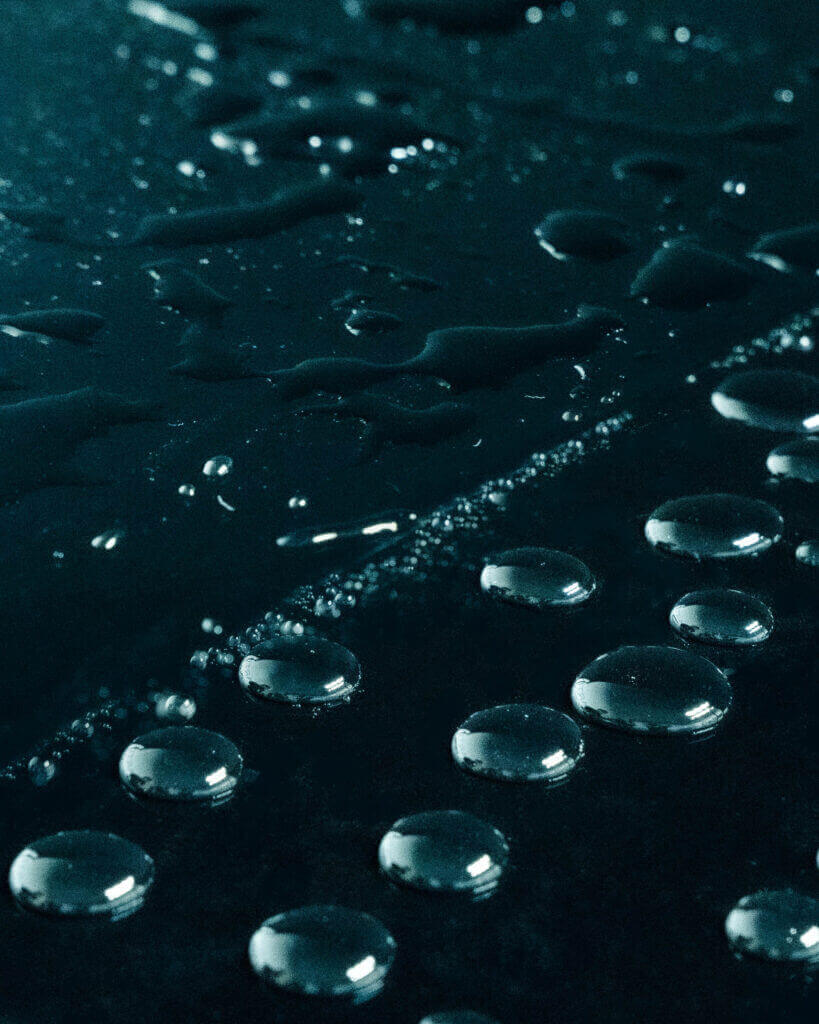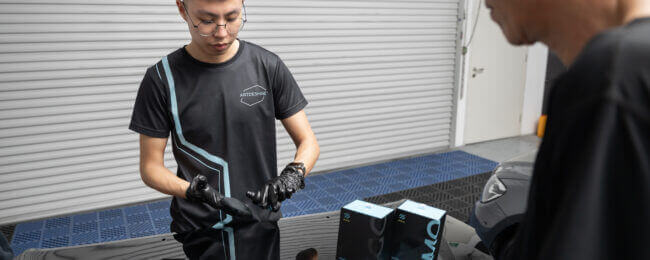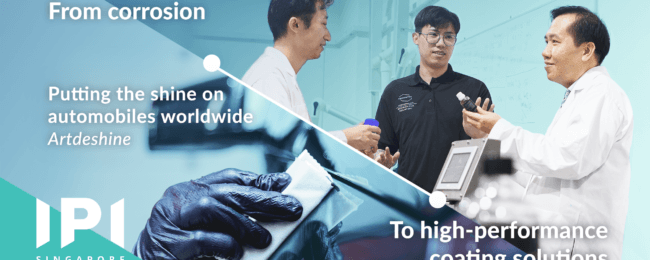Preparation For Paint Protection 2023 EDITION
Embarking on a DIY car detailing journey can be both exciting and challenging, but the sense of accomplishment and pride that comes with seeing your reflection on that freshly protected paint is worth it. In this comprehensive guide, we’ll walk you through the essential steps to prepare your vehicle for the application of paint protection, whether it’s a ceramic or graphene coating.
Disclaimer: Keep in mind that results will vary based on factors such as products, equipment, and time available. While you might not achieve the same level of craftsmanship as a professional, you can still obtain fantastic results by following this guide.

Assess Your Vehicle
Start by giving your vehicle a thorough inspection to identify any potential problem areas that require extra attention or focus. Take note of scratches, swirls, and other paint imperfections, as well as areas with stubborn contaminants. Don’t forget to check the condition of your trim, wheels, and glass surfaces. A well-rounded assessment helps you plan your detailing process more efficiently, ensuring you address all critical areas.
Choose the Ideal Workspace
Select a suitable workspace for detailing your vehicle. Consider that the process can take from a few hours up to a few days, depending on your desired results. Ideally, use an indoor space for paint correction and coating application. If that’s not feasible, a marquee or a shaded outdoor area can also work. Ensure the workspace is well-lit, clean, and free of dust to minimize the risk of introducing contaminants during the detailing process. These are all best case scenarios, so don’t stress if you can’t get everything perfect…what’s most important is that you enjoy the process!
Master the Art of Washing
A proper car wash is crucial for a successful detailing job. Adopt the two-bucket wash method to minimize the risk of reintroducing dirt and dust particles into your paint. One bucket should contain clean water for rinsing your wash mitt, while the other contains soapy water for washing the vehicle. Use quality car wash formulas and products, like pH-neutral shampoos and microfiber towels and wash mitts, to protect your vehicle’s surface during the washing process. Start from the top and work your way down, washing one section at a time and rinsing the mitt frequently. For paint that’s thoroughly neglected or hasn’t seen the wet side of a mitt for who knows how long, we recommend using a slightly more aggressive shampoo like our Alkclean. This will be more effective at breaking down contaminants, whilst remaining safe to use on paint.
For an in-depth understanding of washing, visit our article on washing techniques!
Decontamination for a Flawless Surface
Decontamination can involve mechanical, chemical, or a combination of both methods. Mechanical decontamination uses a clay bar or clay mitt, while chemical decontamination employs products like iron and fallout removers. These steps help eliminate stubborn contaminants, ensuring a smoother paint surface that’s ready for paint correction and protection. Begin with chemical decontamination, applying iron remover and tar remover where necessary. Follow up with mechanical decontamination using a clay bar or mitt, using a lubricant to glide the clay smoothly across the paint.
Paint Correction – Where Perfection Takes Shape
Depending on your vehicle’s condition, paint correction may involve machine polishing or hand polishing to remove scratches, swirls, and other blemishes. While professional detailers have access to advanced tools and equipment, DIY enthusiasts can still achieve impressive results with patience, practice, and the right products. Choose the appropriate polishing compound and pad combination based on the severity of the paint defects. Begin with a less aggressive approach and adjust accordingly. Work in small sections, using even pressure and overlapping passes for uniform results. For best results, some form of polishing or compounding should be used, even if it’s a hand polish, however if you don’t have the time or products/tools available, you can skip this step and still achieve results worthy of showing your friends and family 🙂
Panel Preparation – Setting the Stage for Protection
Before applying your chosen paint protection, it’s crucial to prep the panels. This step removes residues and oils left from previous stages, revealing the paint’s true condition. Use an appropriate panel wipe or isopropyl alcohol (IPA) solution to clean the surface. Wipe each panel gently with a clean microfiber cloth, ensuring that you cover all areas. This process ensures optimal bonding between the paint and the protective coating.

Applying Paint Protection – The Final Touch
With your vehicle’s surface properly prepared, you’re now ready to apply your chosen paint protection, whether it’s a ceramic or graphene coating, a spray sealant, or a wax. Ensure you follow the manufacturer’s instructions carefully, as each product may have different application methods and curing times. In general, work in small sections, applying a thin and even layer of the product. Buff off any residue with a clean microfiber cloth after the recommended dwell time. Properly applied paint protection will enhance your vehicle’s appearance and provide a durable shield against the elements.
By following these essential steps, you can transform your vehicle and ensure it’s well-prepared for paint protection. Remember, the results will depend on the time, tools, and equipment you have at your disposal. While achieving professional-level results may be challenging, you can still accomplish fantastic results with dedication and the right techniques. Enjoy the process, and take pride in the transformation you’ve achieved. Happy detailing, and as we like to say, “Shine on!”

